The content of the article
The quality of milk of a nursing mother directly depends on her nutrition. Every mom should know which foods can be included in her diet, and which in no case should be consumed. Raisins, pears, prunes and many other products containing a large amount of vitamins should not be eaten by mom during lactation. However, do not be upset about the uniform diet. Even taking into account restrictions on some products, you can completely diversify your menu.
In the first months of life, the child needs vitamins and minerals for the full development that he receives with mother's milk. Therefore, during lactation, a variety of cereals should be included in the diet. However, it should be borne in mind that rice and semolina are attached, as a result of which the baby will have problems with the stool. If the baby suffers from food allergies, then you need to know what cereals can cause him to react. Pearl barley is considered to be quite acceptable during lactation, but before you include it in your diet, you need to understand all its features.
Fact! Barley during feeding does not constitute any threat to either the child or his mother, and she is very rich in vitamins and minerals.
Useful composition of pearl barley
Barley is peeled, well-ground barley. This cereal consists of fiber, which has a number of useful properties:
- Effectively helps to cope with excess weight, because she has few calories.
- Normalizes bowel function and is easily absorbed by the body.
- It has anti-inflammatory and antifungal effects.
Eating pearl barley for mother during the period of feeding helps to increase immunity and high resistance of the body to various diseases, both for the mother and her baby.
Composition of porridge
Pearl barley contains many vitamins and elements and amino acids:
- A huge amount of protein, which contributes to the growth and development of muscle tissue.
- Vitamin Chain A, PP, B, D, and E.
- Lysine, which contributes to the production of collagen, and he, in turn, is responsible for the firmness and elasticity of the skin.
- Iron is an important chemical element for the blood-forming and immune systems of the body. Lack of it leads to anemia and immunodeficiency.
- Calcium is necessary for the full coagulation of blood, the function of neuromuscular excitability, and for other important processes. It plays a huge role in the formation of nails, teeth, hair, epidermis and eye lenses.
- Phosphorus is also responsible for the strength and formation of bone tissue, contributes to the process of metabolism of proteins, carbohydrates and fats.
- Iodine - contributes to mental processes, and also with its help the production of thyroid hormones is carried out, destroys foreign cells in the blood.
- Potassium is an important trace element for combating allergens, with its help cells get the electrolytes needed for the body.
- Zinc is a good antiseptic and antioxidant that helps cleanse the body and remove toxins.
When can I enter the diet during the period of hepatitis B?
Along with all the advantages, pearl barley has its drawbacks. In this case - is barley possible during feeding or not? It is very difficult to answer unequivocally, even an experienced dietitian must understand the individual tolerance of the baby's body. Experts say that in the first month of a child’s life, mother should not include pearl barley in the diet. Starting from the second month, you can gradually introduce this cereal into daily nutrition.
In the first month, the baby is just beginning to develop adaptation to breast milk, his immunity is very weak. Therefore, to prevent an allergic reaction in a baby, it is better to postpone its use.
In what quantities and in what form can pearl barley be consumed
Firstly, not earlier than a month after the birth, and secondly, to enter gradually. You can’t use pearl barley porridge on an empty stomach for a nursing mother. The first porridge intake should not exceed three tablespoons, after which during the day you need to monitor the condition of the child. The next time you can take up to 100 grams. If there are no negative consequences - then 200 grams or more.
Despite the rich balanced composition of cereals, experts still do not recommend including it in the weekly diet for more than 1 intake.
Which is better: pearl barley garnish or pearl barley soups
We already know about the useful composition and amount of consumption of pearl barley, now we will figure out in what form and with what to eat it.
Pearl barley porridge
- To enter barley in the diet of a nursing mother, you need to start with porridge.
- First of all, using pure pearl barley (oil, spices, etc. is not recommended), it will immediately be clear whether the baby has an allergic reaction to a new product or not. Food allergies are not always manifested in the first hours after an irritating component enters the body; there are delayed allergic reactions. Within two days, the allergy will either manifest itself or not. You will already clearly exclude pearl barley from your diet or not.
- Secondly, the mother herself will control the amount of pearl barley. Porridge should be consumed only hot, this will facilitate the process of assimilation of food and the nutrients in it.
Pearl Barley Soup
If pearl barley does not cause the baby any allergic symptoms within two weeks, then you can add pearl barley soups to your diet. You can add vegetables, lean meat (turkey, veal) and a little oil to the soup. But, it is worth very carefully introducing vegetables, especially carrots, to which allergic reactions often occur in children. As a rule, an allergy in such cases affects the skin of the cheeks. The classic pickle, which is prepared with barley, is also not suitable for the diet of a nursing mother. Pickles, tomatoes and more can contain a huge amount of irritating components for the child's body.
If the child is not allergic to pearl barley, then experts recommend drinking a decoction of pearl barley to a nursing mother. Firstly, the decoction has a good enveloping, softening and even antispasmodic effect, which helps to avoid problems with the stool in the baby. Secondly, the decoction can be used daily as an effective diuretic and anti-inflammatory effect, which helps to improve the metabolic process.
But the main property of pearl barley during feeding is an increase in lactation, and all thanks to the high content of proteins and phosphorus.
So, in addition to individual intolerance to the baby, pearl barley has no side effects. On the contrary, it helps the mother to provide the baby with the necessary amount of milk. The cereal, which is very saturated with useful elements, will help Mommy simultaneously lose weight and saturate milk with essential microelements. Our ancestors still knew about these properties of barley grain, because pearl barley was always served on the royal table.
Video: Nursing mom's diet

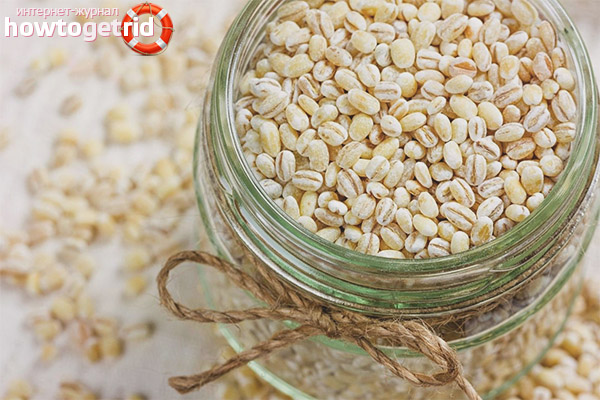

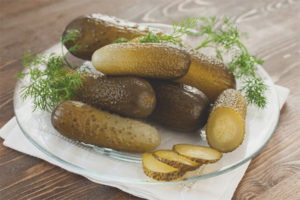

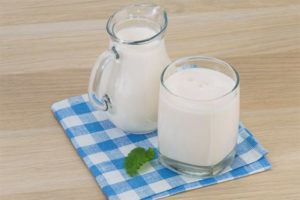
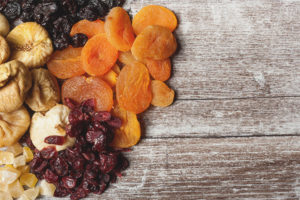
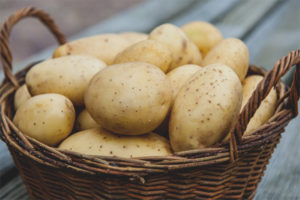

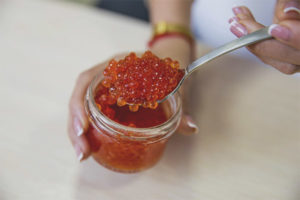
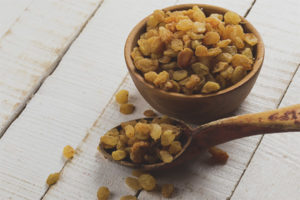
Submit